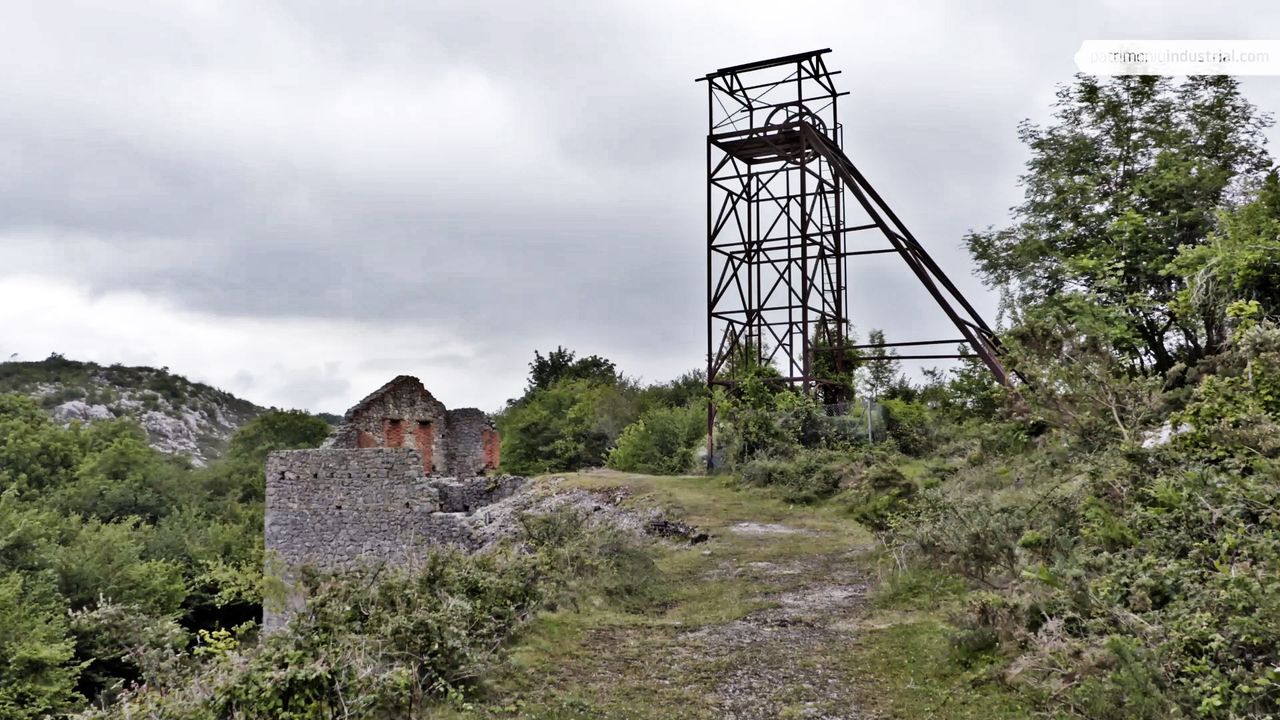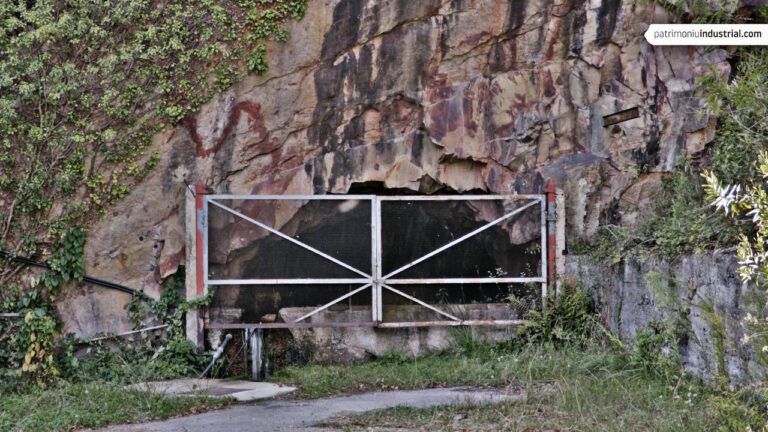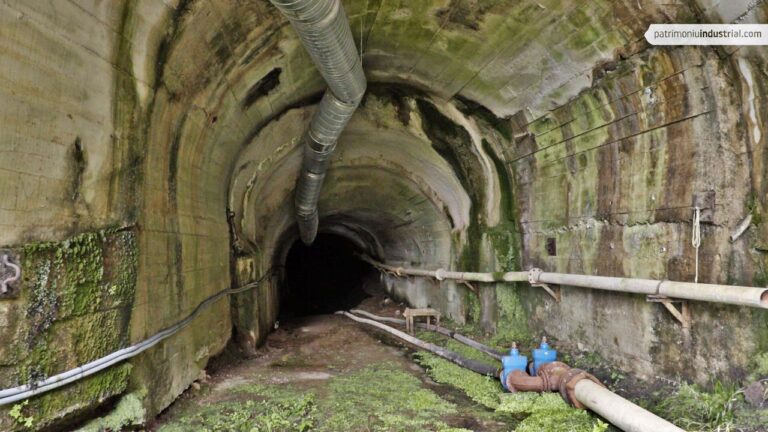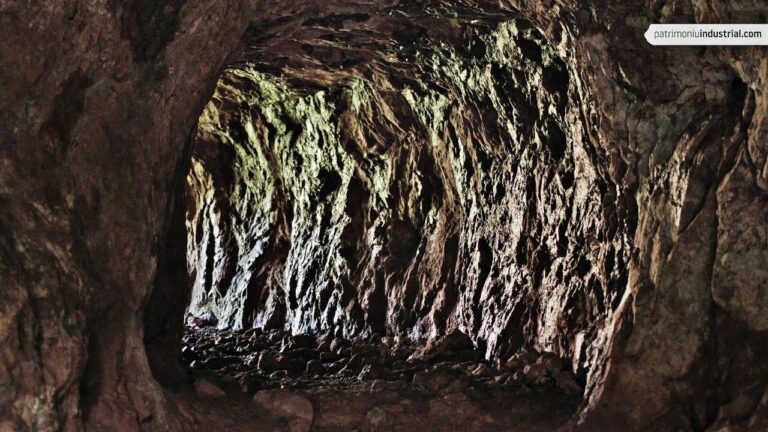Mining
The Delfina mine, which was the most important copper mine in Asturias after the Aramo mines, is located on deposits that have been exploited since the first third of the 19th century, although some traces of Romanization have been documented.
At the beginning of the 20th century, under the ownership of Alda Copper Mines, the mineral was shipped to a plant in Arenas de Cabrales. In the following decades, different companies followed each other in the ownership of the deposit. Some of them were Spanish and some others were British. It was closed down in 1954 by the Sociedad Minero-Química Española. Two years later it was acquired by Sociedad de cobre electrolítico y metales de Gijón, which had a copper electrolysis facility in Gijón that used metals from both Cabrales and El Aramo.
It was closed definitively at the end of the 1950s. In the old Delfina mine, different remains of the mining activity can still be appreciated, such as the loading platforms and other structures. The most outstanding feature is the headframe, a simple welded metal structure that stands as a lonely reminder of the intense mining activity in this sector of Asturias.
PHOTO GALLERY






Recent Comments